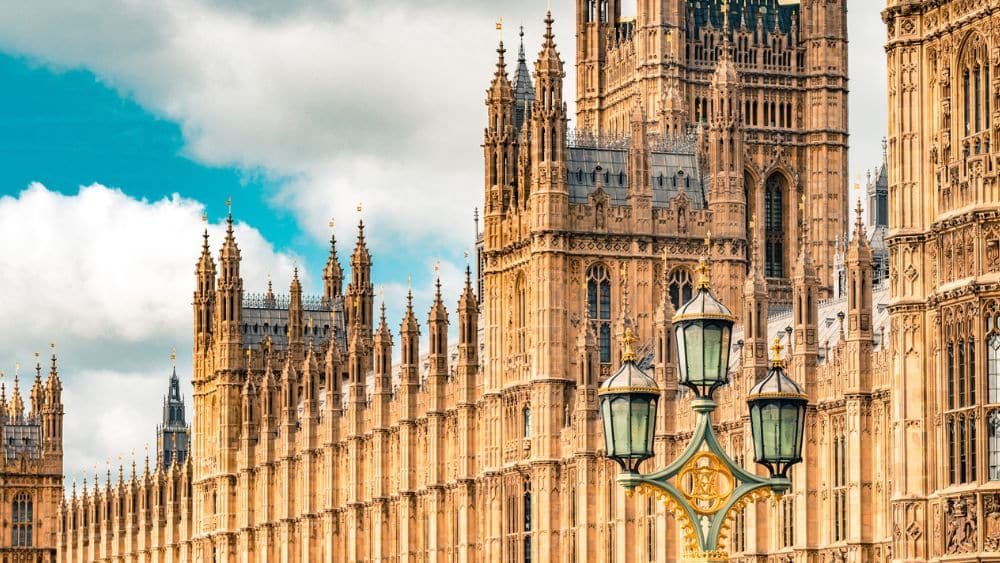Unlike recent fiscal events, this Autumn Statement largely focused on those on lower incomes, with an absence of measures specifically aimed at higher and additional rate…
Autumn Statement 2023 – Where are we now?
Listening to the measures Jeremy Hunt unveiled in his Autumn Statement, it was striking how small most of the numbers were, and how much was rehashed from previous announcements. There just isn’t much in the kitty and the Chancellor was trying to put the best gloss on it that he could.
If we ignore the noise and stand back and consider the situation, then where are we now?
Growth has been greater in 2023 than forecast but is now expected to be much lower in 2024 and 2025. Are the forecasters right? Who knows, and the track record of the Office for Budget Responsibility isn’t great, but the overall outlook for the next year or so isn’t rosy, so they are probably reasonable.
Debt levels are very high. Given the low growth forecasts then we are now in a classic debt trap. The OBR expects underlying debt to be 91.6% of GDP next year and 92.7% in 2024/25. As ever, debt is easy to get into and hard to escape. It looks a long road back.
Interest on the Government’s debt is now reported to be around £92 billion for this year. It has increased sharply and put the Government’s finances under greater pressure as a result of rising interest rates and higher inflation. Inflation is relevant, as a quarter of the UK’s debt is linked to the Retail Prices Index. Thankfully, the inflationary pressure is now easing, but long-term interest rates are higher, and are expected to remain high. High debt levels and high interest rates mean high debt servicing costs.
Against this challenging backdrop, the numbers look a little better than was anticipated. The Chancellor has chosen to spend that money rather than save it, and principally on tax cuts. These tax cuts are focused on business and work.
Where has the money been spent?
Given the horrible backdrop, Jeremy Hunt has probably done the best he can to try to encourage more business investment and incentivise work. The big tax and spending changes are set out below in respect of the tax year 2024/25. I’ve chosen to highlight 2024/25 because whenever the General Election takes place, the measures in that tax year are likely to be largely unchanged whoever wins.
| £bn | |
| National Insurance cuts | 9.4 |
| Business rates reductions | 3.0 |
| Additional housing benefit | 1.3 |
| Increased tax collection by HMRC | (1.3) |
| Other | (1.0) |
| 11.4 |
The biggest amount relates to National Insurance and cutting the main rate levy for the employed and self-employed earning less than around £50,000. Those workers earning above that amount get a benefit too, but it is a maximum fixed amount, as the follow on lower percentage hasn’t been cut.
The business rates reduction, in large part for hospitality businesses, and so benefiting our economy in the South West, is quite a big ticket item. That said, how realistic is it to increase it on these businesses at the current time and in light of the increase in the National Living Wage? This feels like a new fuel duty issue, where reversing this cut to business rates is unlikely to happen soon.
The additional money being spent on housing benefit is large, and reflects the nightly news bulletins that many people cannot afford housing without further government support. An increase in the amount the Government spends on housing support is therefore inevitable.
More notably, Jeremy Hunt is expecting HM Revenue & Customs to collect more tax. This in part relates to the “Tackling the Tax Gap” package. The Autumn Statement is short on detail as to how this is to be achieved, but assumes a further £5 billion to be raised over five years from increased HMRC compliance activity – you have been warned.
Final assessment
My impression is that it is an Autumn Statement devoid of any big idea or strategy. The measures indicate a calm hand on the tiller, but we are in danger of becoming becalmed in dangerous waters. Jeremy Hunt has certainly steadied the ship since last autumn, but now it feels that something more is required if we are to turn the corner.
For more analysis, visit our Autumn Statement hub.

FEATURING: John Endacott
John is the firm’s head of tax. He provides high level tax advice combined with commercial acumen in terms of managing and advising on personal… read more



